Super blue blood moon sighted after more than 150 years
It combines three unusual lunar events – an extra big super moon, a blue moon and a total lunar eclipse
January 31, 2018
ISLAMABAD: The last day of the first month of 2018 has rewritten a history when, after centuries, the rare super blue blood moon emerged in the skies and was witnessed in various parts of the world.
The current generation for the first time in their life viewed the rare scene occurring due to the combination of three lunar phenomena: a super moon, a blue moon and a blood moon at the same time since 1866.
It was the second full moon in a calendar month, near its closest orbit point to Earth, making it appear super large, but the view changed as total lunar eclipse coincided at the same time.
A total lunar eclipse occurs when the moon moves directly behind the Earth’s shadow, or umbra, meaning it cannot receive any light from the Sun.
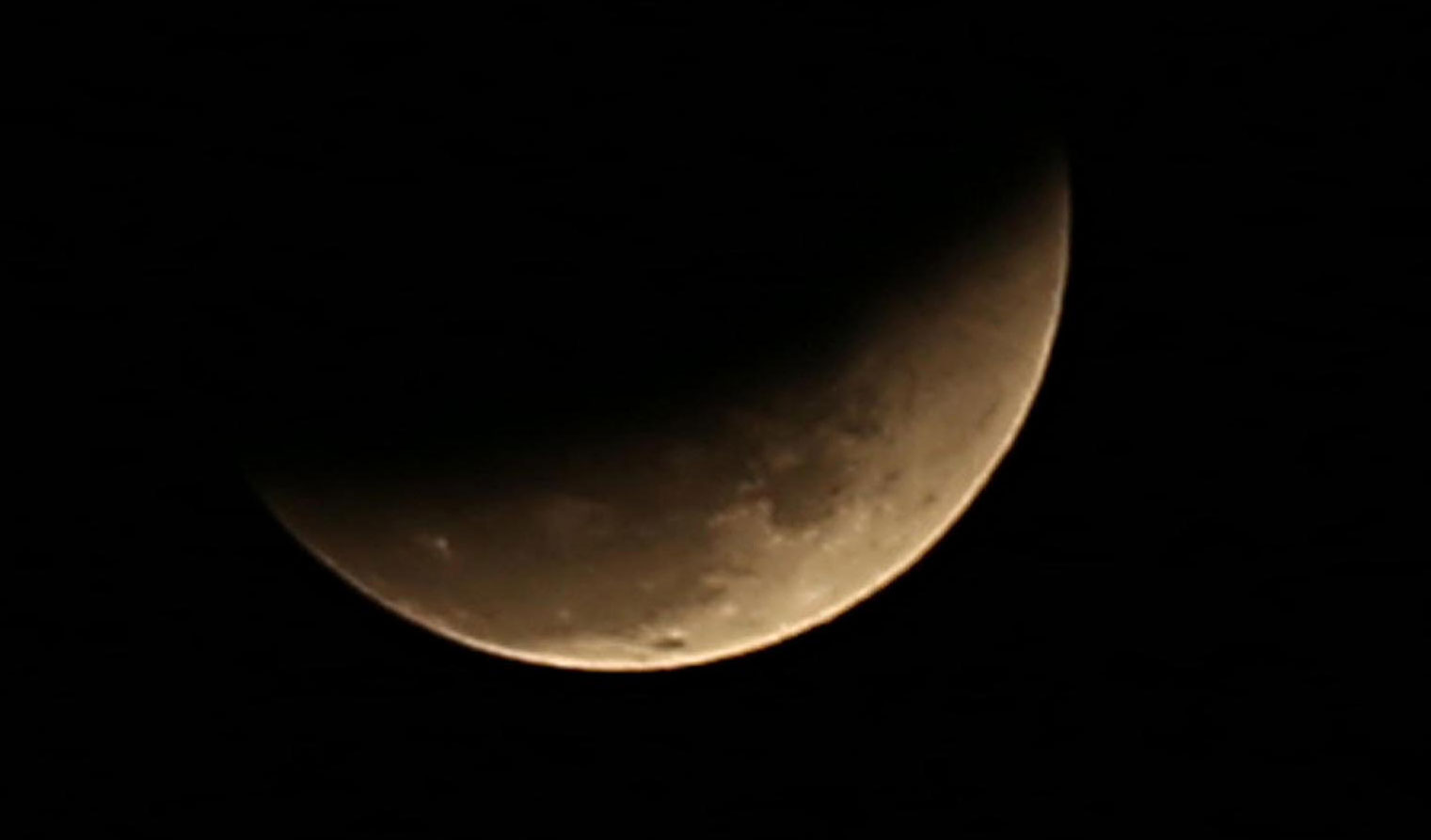
The full collision of the three events of the moon was visible only in selected parts of the world.
Although the lunar eclipse was fully visible only in the east of Asia and the west of US, people in most parts of the world were out to catch a glimpse of it.
In Pakistan, the partial eclipse in Pakistan started at 3:51pm,according to the meteorological department. However, the total lunar eclipse started at 5:52pm and lasted till 7:08pm.
The lunar eclipse started in Islamabad at 5:32pm, however, it was not visible due to cloudy weather in the capital.
In Karachi and Quetta, the eclipse reached its peak at 6:31pm and lasted until 9:08pm on Wednesday.
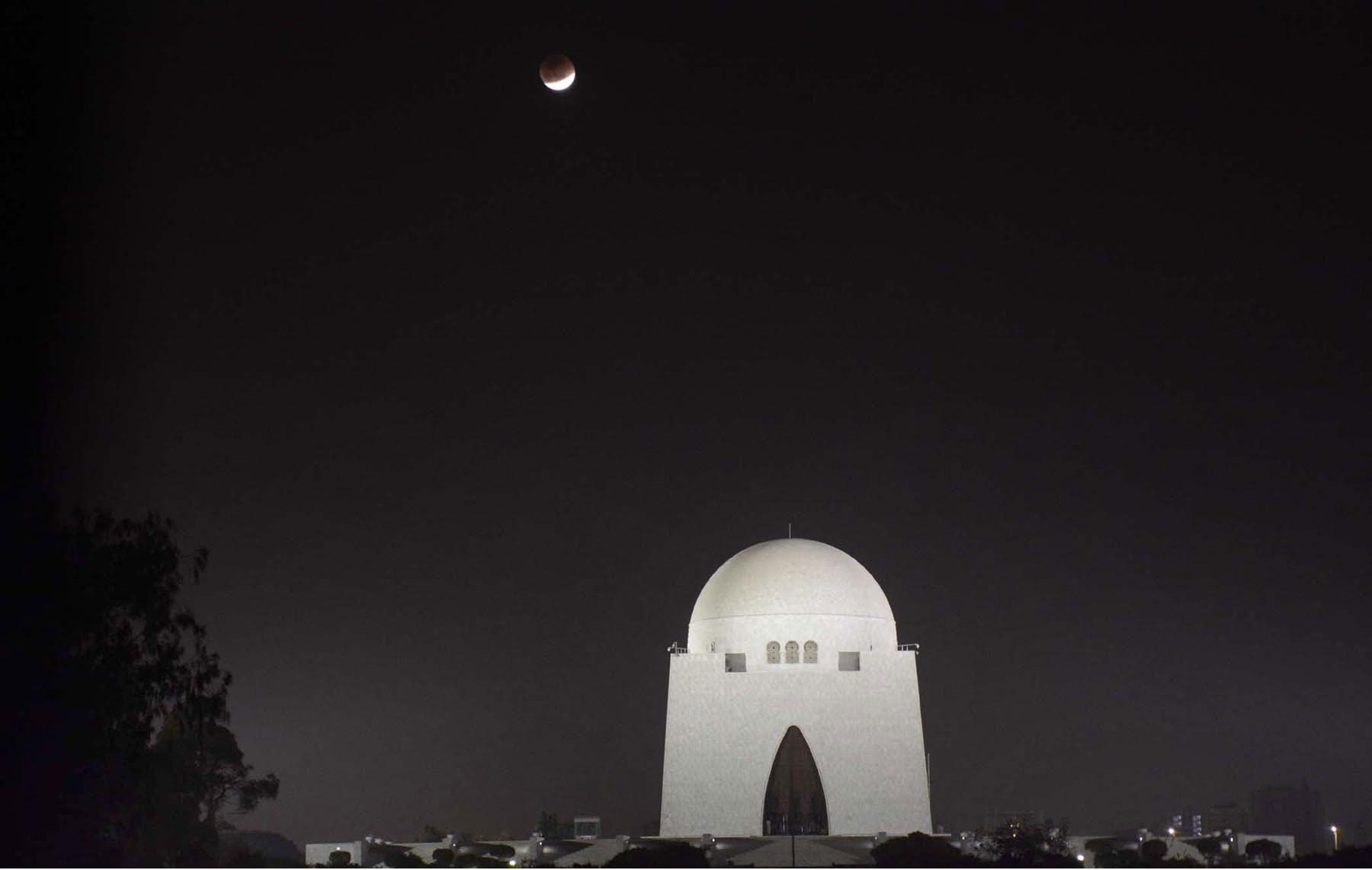
Speaking exclusively to Geo News, DG Met Ghulam Rasool had said the super blue blood moon would be completely eclipsed in Pakistan at 7:08pm.
Asked about any mythological effects of it, the official said scientifically the lunar eclipse does not have any effects.
During the eclipse, the moon glides into Earth's shadow, gradually turning the white disk of light to orange or red.
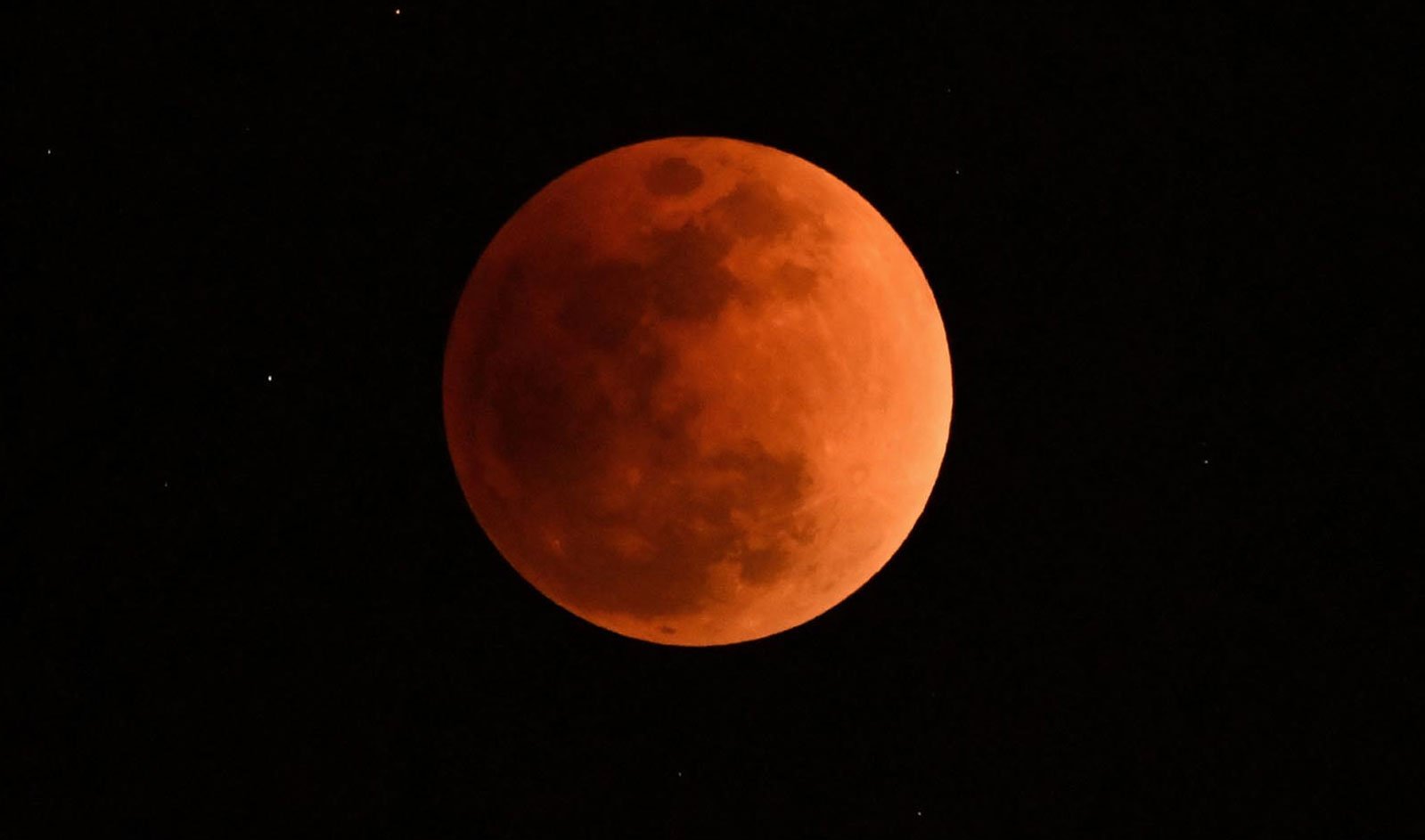
"That red light you see is sunlight that has skimmed and bent through Earth's atmosphere and continued on through space to the moon," Alan MacRobert of Sky and Telescope magazine told AFP.
"In other words, it's from all the sunrises and sunsets that ring the world at the moment."
How rare?
“We’ve had a lot of super moons and we´ve had lunar eclipses, but it's rare that it also happens to be a blue moon,” Jason Aufdenberg, associate professor of physics and astronomy at Embry-Riddle Aeronautical University’s campus in Daytona Beach, Florida, told AFP.
“All three of these cycles lining up is what makes this unusual,” he added.
“It’s just a wonder to behold.”
According to Sky and Telescope magazine, “the last time a complete lunar cover-up took place on the second full moon of the month was December 30, 1982, at least as reckoned by local time in Europe, Africa, and western Asia – locations where the event could be seen.”
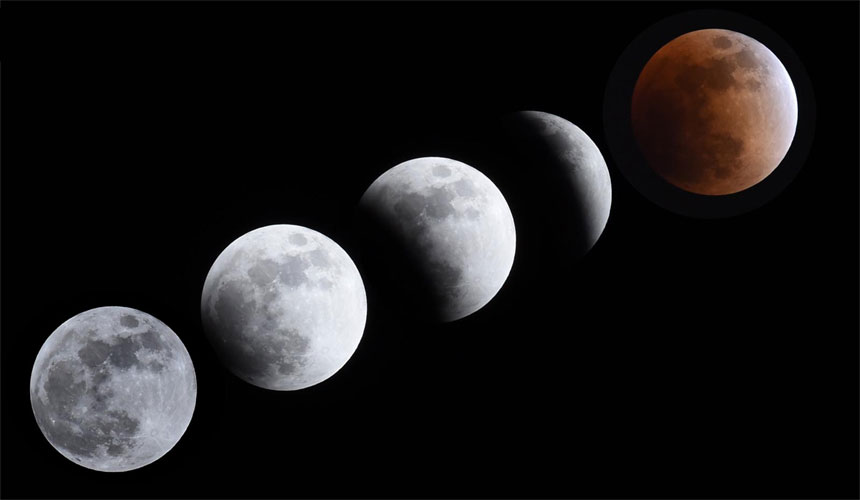
That event also occurred at the moon’s orbital perigee, making it an extra bright super moon.
Aufdenberg said that by his calculations, the last time a super moon, blue moon and total lunar eclipse all together were visible from the eastern United States was on May 31, 1844.
According to Sky and Telescope, the last blue moon total lunar eclipse visible from North America happened on March 31, 1866.
“But on that date the moon was near apogee, its most distant point from Earth,” it said.
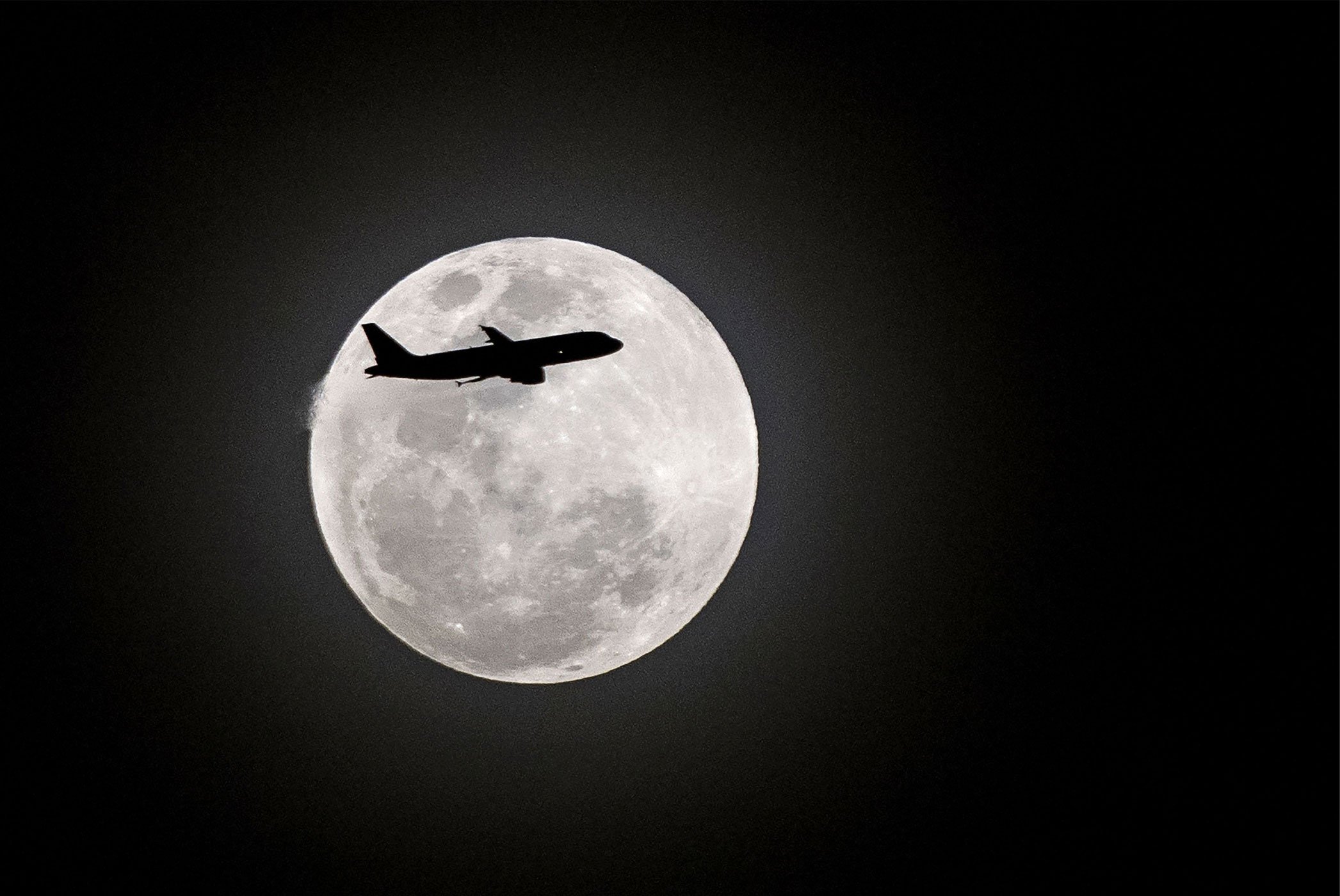
Lunar eclipses during a super moon happen rather regularly. The last one was in September 2015.
Lunar eclipses occur at least twice a year.
Super moons can happen four to six times a year.
The next super moon lunar eclipse visible throughout all of the United States will be January 21, 2019 – though that one will not be a blue moon.
With additional input from Agencies.











